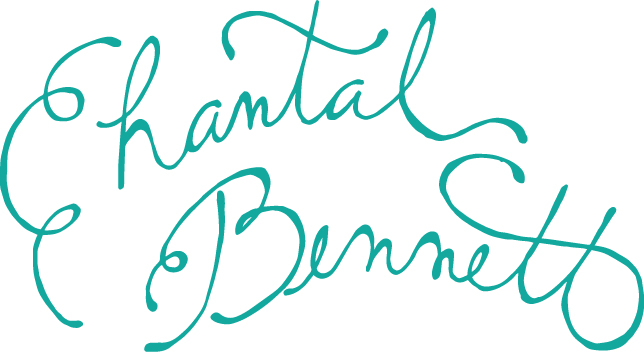Commercial Observer 2021- 4th year in a row
I’ve been fortunate to be able to illustrate portraits for Commercial Observer for four years in a row now. Here are 20 portraits of real-estate bigwigs for their 2021 Lenders Issue






Illustrator
I’ve been fortunate to be able to illustrate portraits for Commercial Observer for four years in a row now. Here are 20 portraits of real-estate bigwigs for their 2021 Lenders Issue






Now that I have your attention with that title…here are two recent illustrations of completely unrelated subjects:
First, an illustration about the habitat of the Western black widow spider and a monarch for the Nature Conservancy of Canada
Secondly an illustration of various meat items for Penn Stater’s Big 3 column.
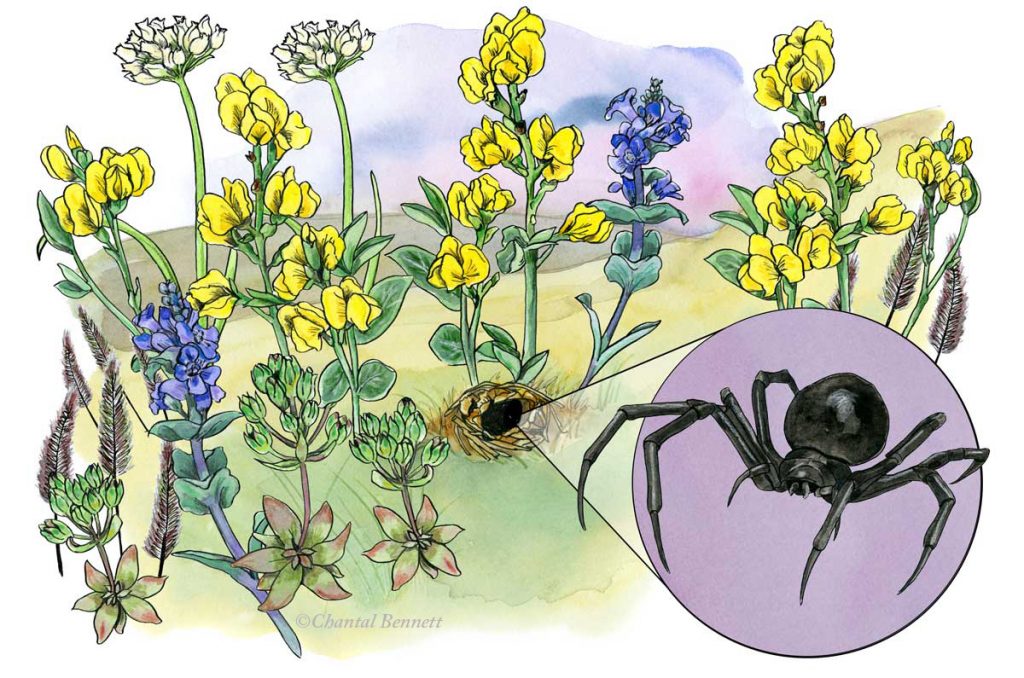
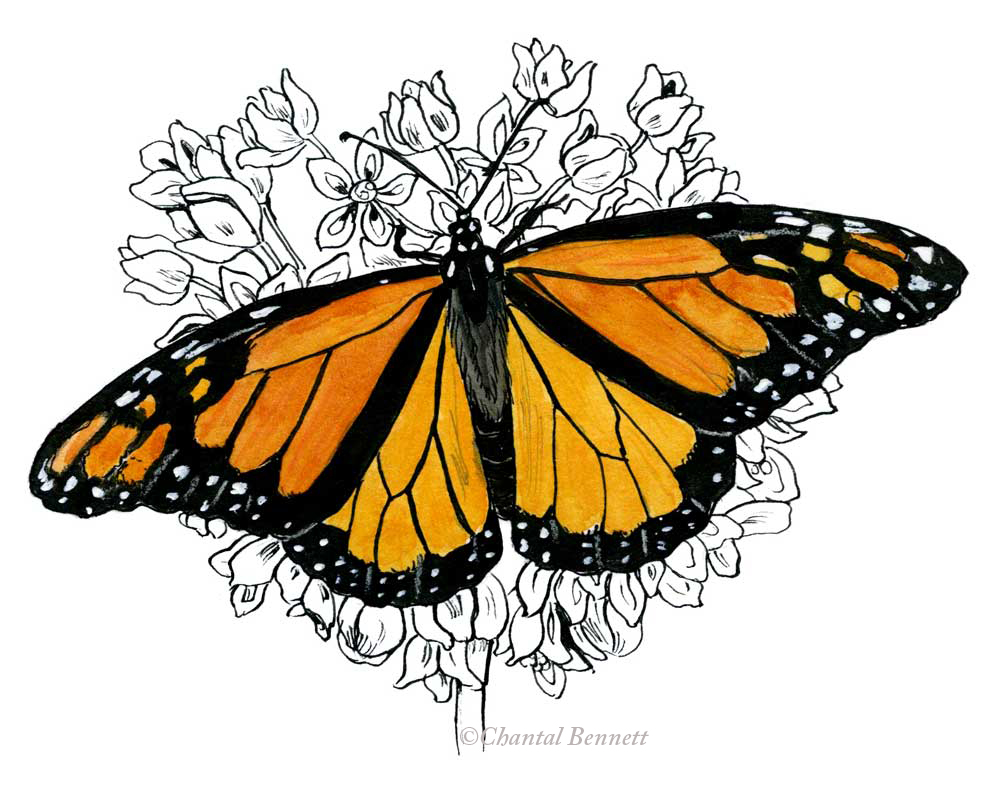
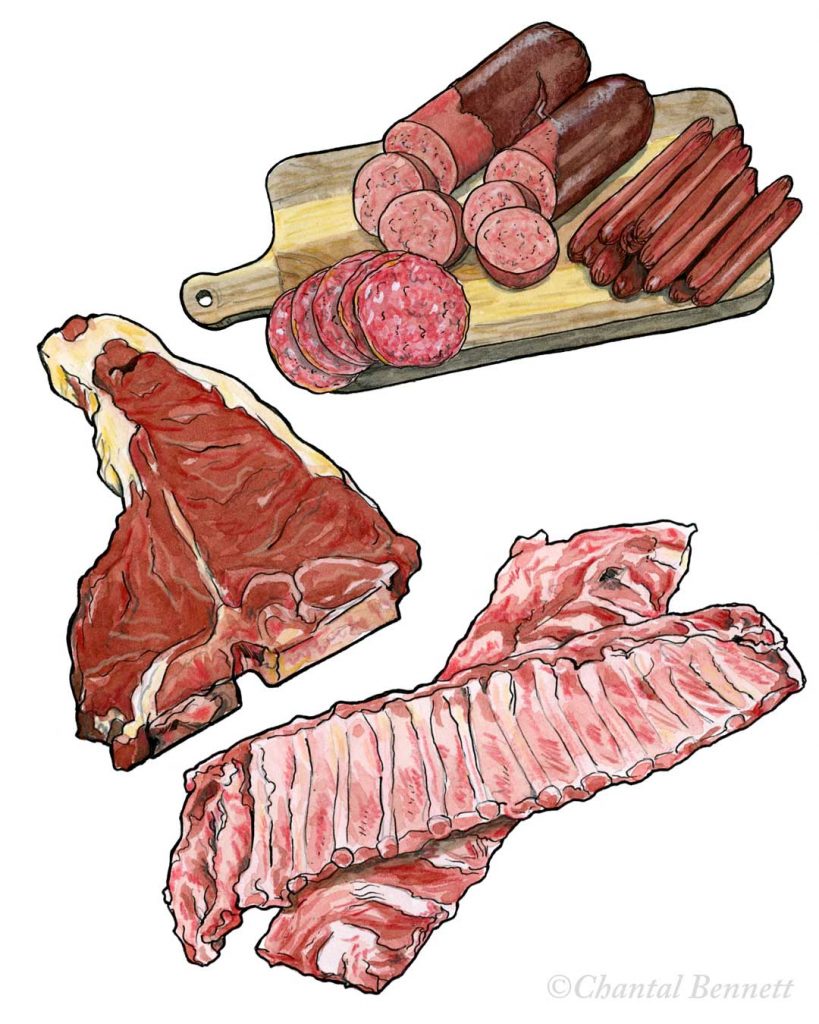
One of the projects I’ve wanted to tackle for a long time has been to do a series of illustrations for Charlotte Brönte’s Jane Eyre. I recently re-read it and was amazed at how good it was. It’s a Victorian page-turner! I’m a big fan of the Victorian gothic imagery and the romantic melodrama. Having recently returned from a trip to England, I was also inspired by the moors, the tors and the hedgerows. Here are the illustrations:
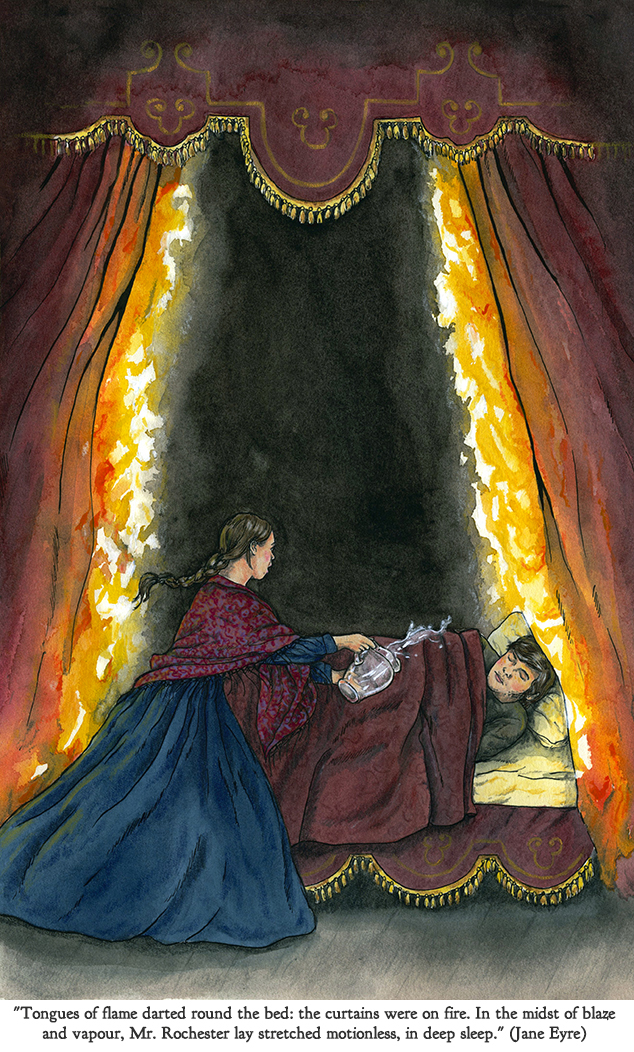
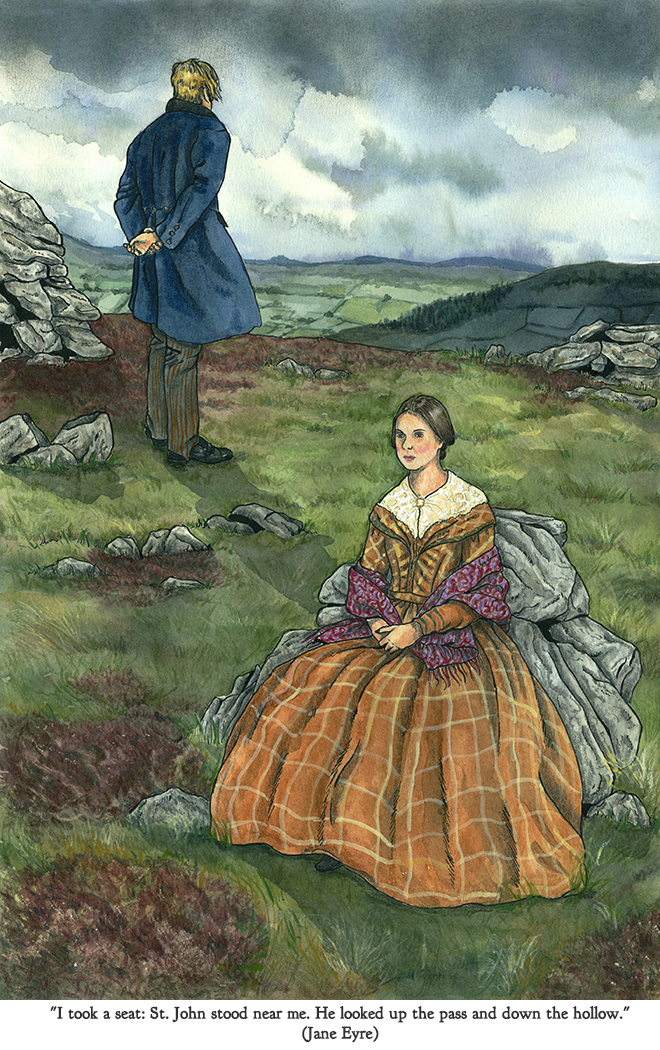
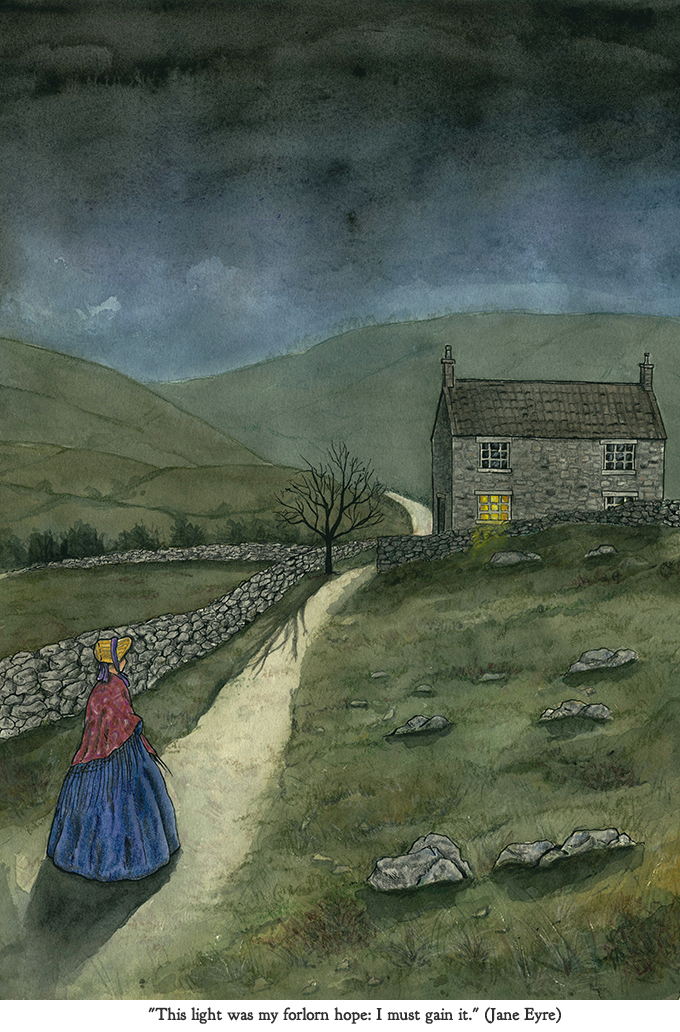
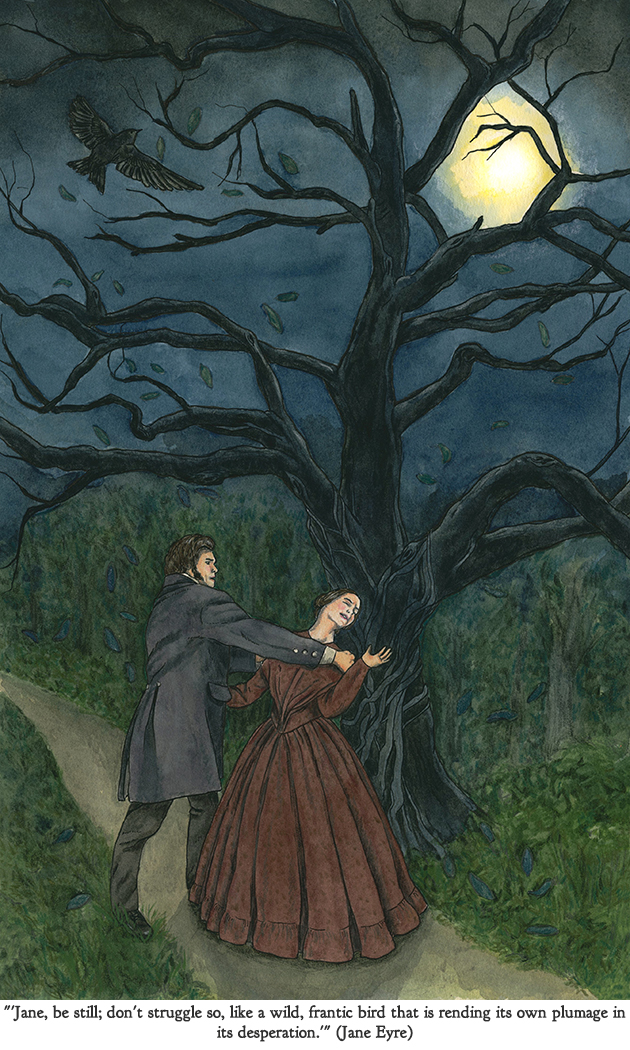
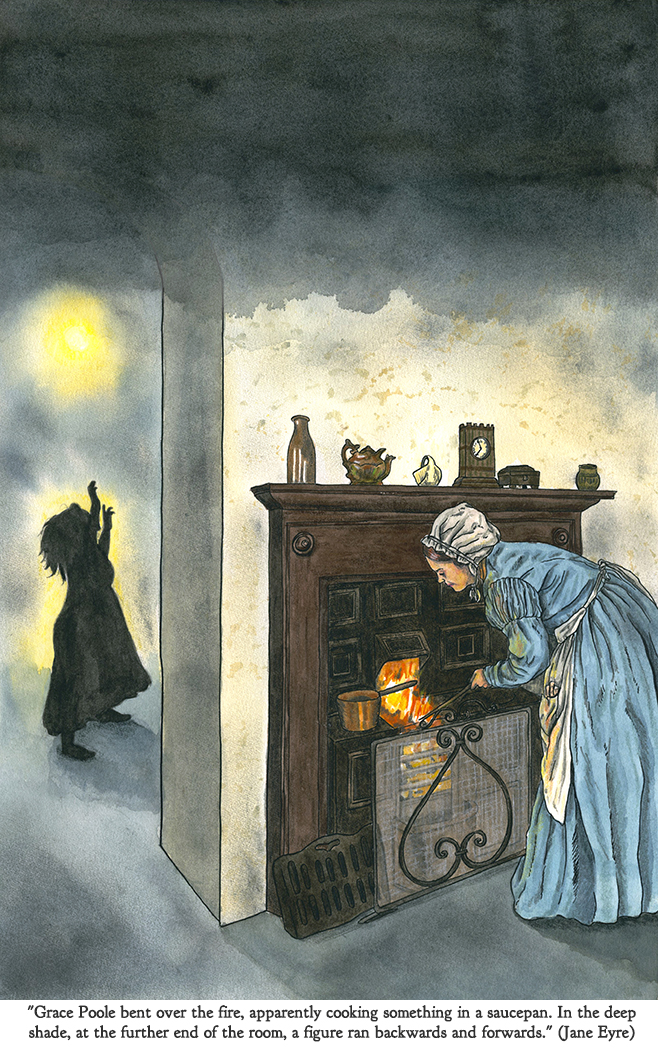
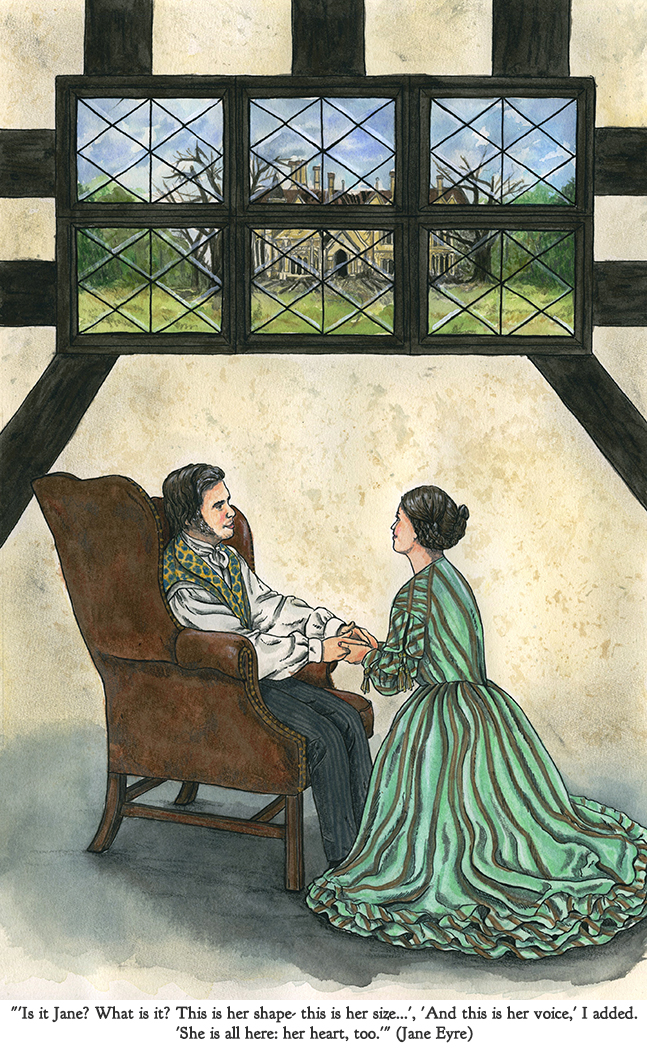
March was Women’s History Month and I decided to do a series of portraits highlighting some of my favourite women in the arts and literature.
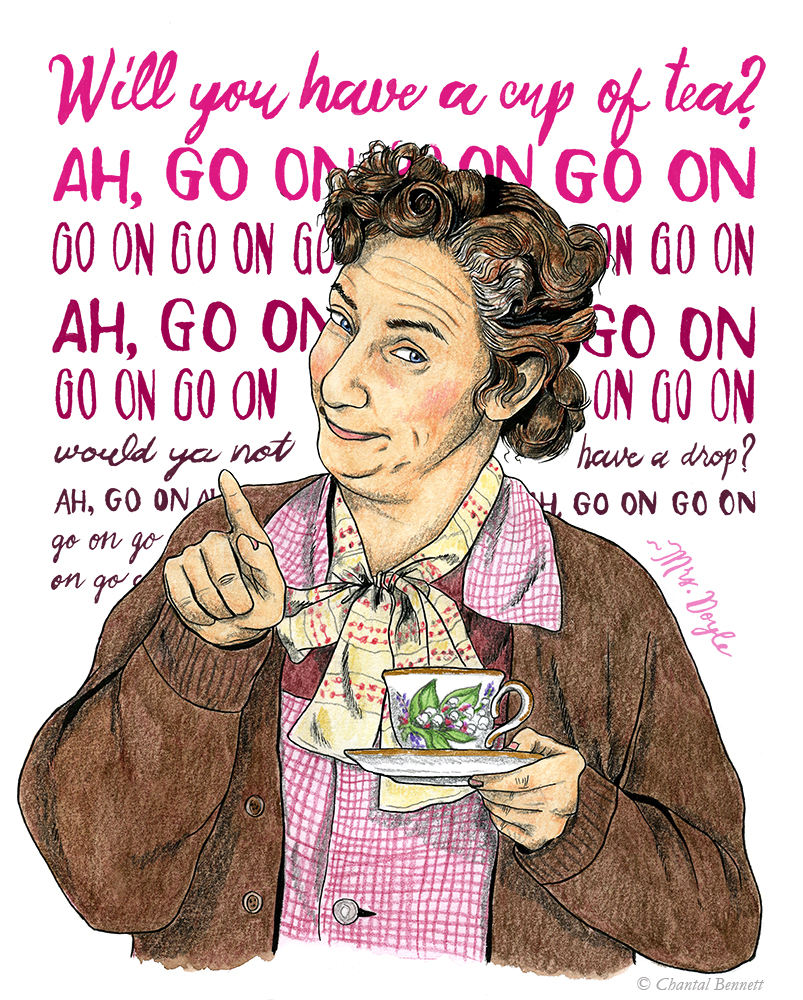
Mrs. Doyle, the long-suffering housekeeper on the classic TV series Father Ted ,has a few of the funniest scenes I’ve ever seen. Just thinking about them makes me laugh. Like when she falls off the windowsill…good Lord it’s hilarious.
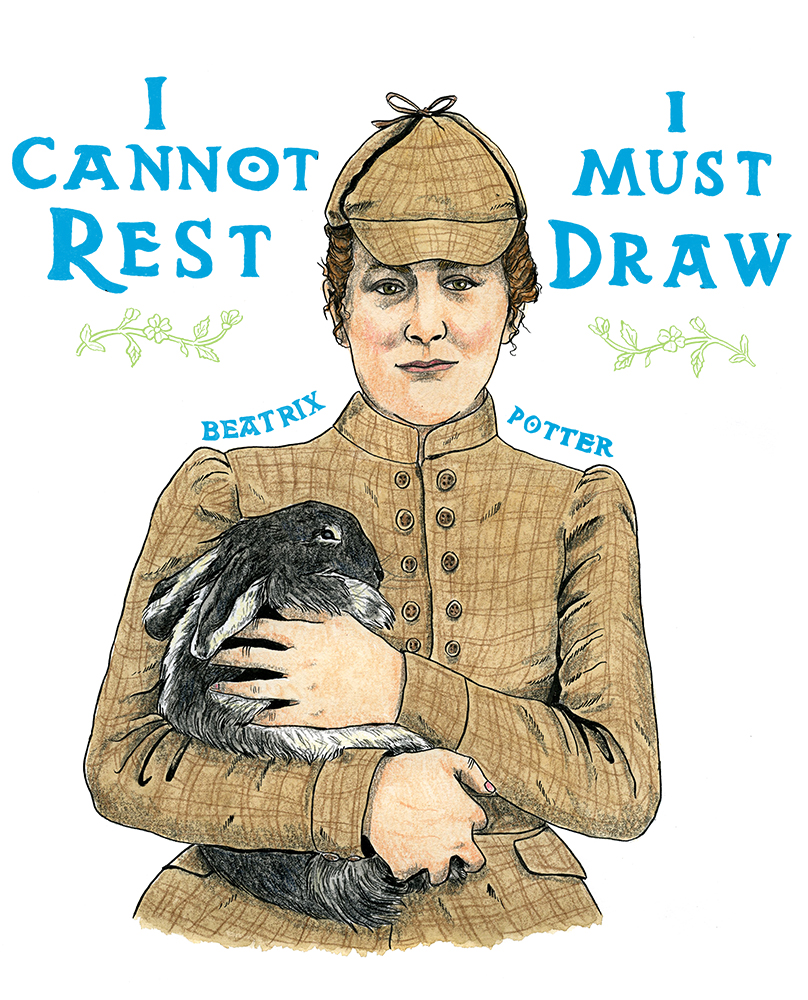
Beatrix Potter is undoubtedly the most famous female illustrator of all time. Just like L.M. Montgomery above, her books have never been out of print. Peter Rabbit is an enduring character, and her illustrations continue to bring joy to kids (and adults like me) around the world a hundred years later. One day I hope to visit her estate in the Lake District.
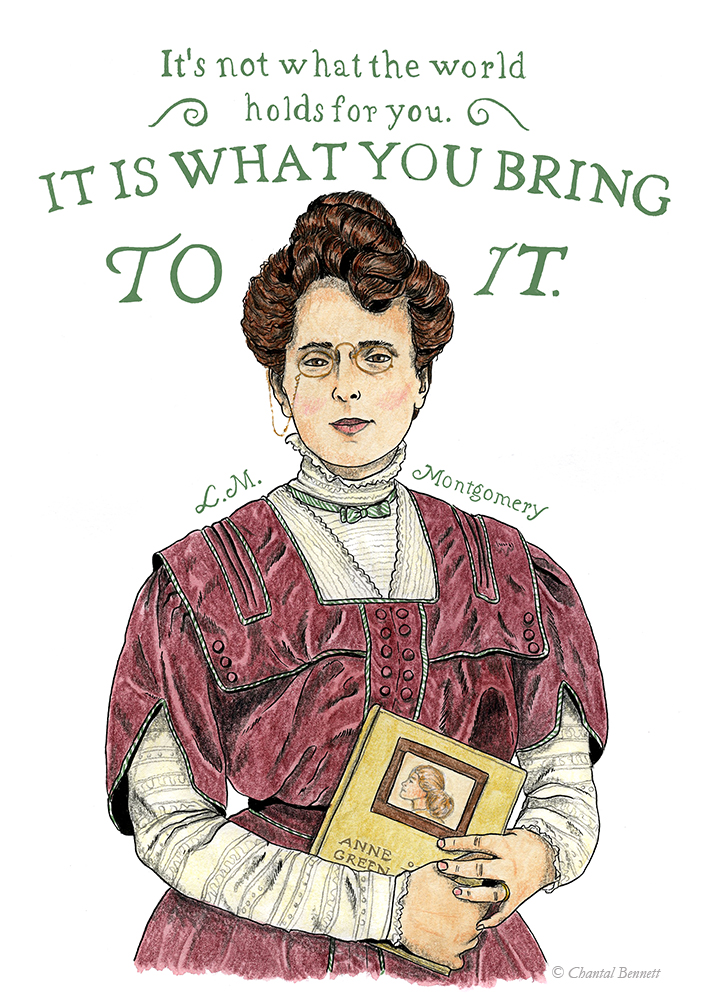
L.M. Montgomery is one of my favourite writers and our Canadian pride and joy. Anne of Green Gables is a modern classic; it’s never been out of print since its publication in 1908. I’m working my way through her archive of over twenty novels and hundreds of short stories. Her work has also provided me with the source material for two of my absolute favourite tv series of all time: Road to Avonlea and Anne of Green Gables (the 1980s series, not the recent crap, thank you very much).
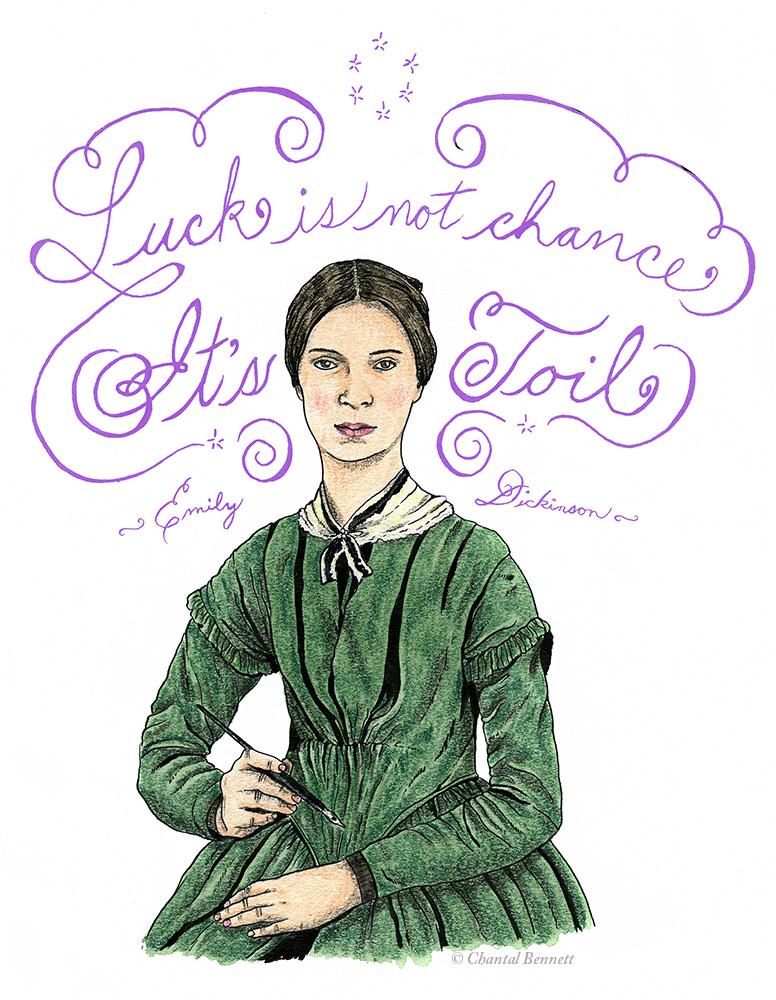
Emily Dickinson- the 19th century poet whose mournful poetry some people find depressing, but I like the melancholy of it.
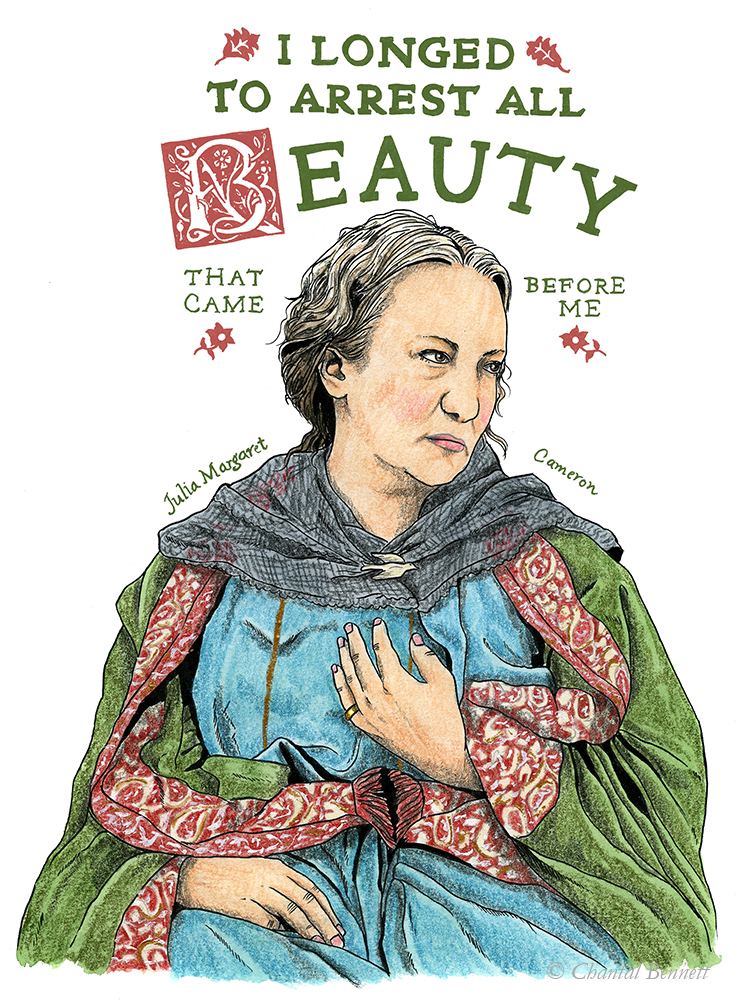
Julia Margaret Cameron – one of my favourite artists, she took up photography in her sixties…in the 1860s! I started seeing her photography pop up on the web in the late 1990s, but didn’t know they belonged to her. I drew a lot of her photos in those days because I was drawn to the pre-Raphaelite Victorian tragedy of them (lots of Madonna/child poses). She is credited as being one the first “artistic” photographers.
When Joel and I travelled to Scotland two years ago, I was very much influenced by the landscape. While we were visiting Dunvegan Castle on the Isle of Skye (the seat of Clan MacLeod), I saw a tiny little exhibit in the hall with artefacts from the island of St. Kilda. It said St. Kilda was the most remote island in the Outer Hebrides and the people lived there for thousand of years in almost complete isolation, until 1930 when the last residents requested to be evacuated. Evacuated, I thought? I was intrigued, so I picked up a book in the castle’s bookstore called The Island on the Edge of the World: The Story of St. Kilda and it was fascinating.
The small island was such a hostile environment and yet the St. Kildans managed to eke out a living for a thousand years, subsisting mainly on fowling (catching and eating seabirds) and exporting wool products later on. Their culture was primitive, pagan and completely unique until the 19th century, when advances in technology meant that ships could regularly make trips out to the island, bringing mainstream religion and tourism with them. It’s acknowledged in the book that this is what ruined the St. Kildans. The St. Kildans became dependent on tourism and the money it brought (money was a foreign concept to them before then, but rather they bartered and traded) and their traditional way of life started to become obsolete. Knowledge of the wide world resulted in some St. Kildans becoming restless and unsatisfied with their traditional way of life. Finally in 1930, the handful of residents left on the island asked to be evacuated, as it became unsustainable for them to continue living there. The village is now mostly in ruins with a couple of restored buildings and is maintained by the National Trust for Scotland. Joel and I did not have time to go there (it’s quite an ordeal to get there), but one day we will!
There’s so much more I could say about St. Kilda, but I highly recommend reading the aforementioned book. I did a series of illustrations influenced by St. Kilda and the other parts of Scotland I have seen.
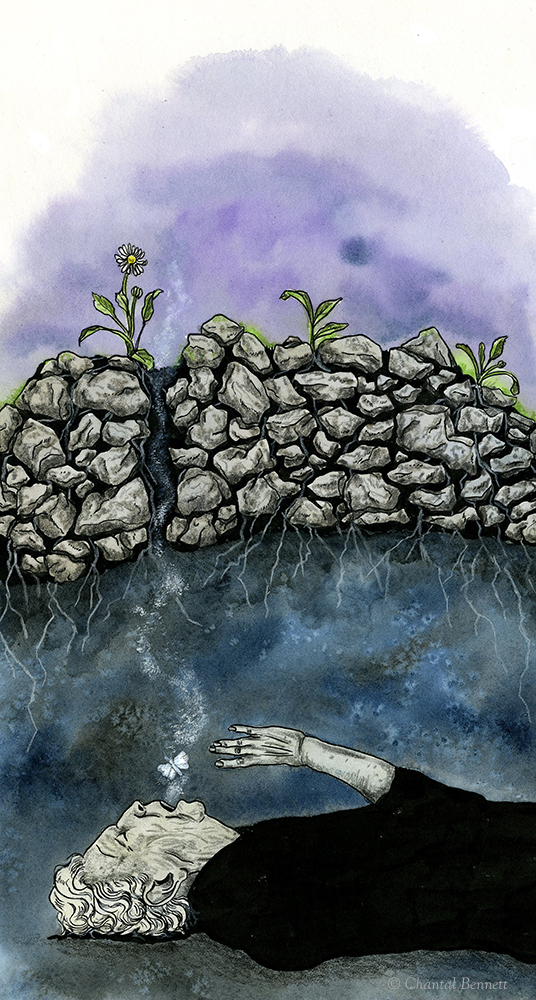
Cairn – this illustration is inspired by belief held by St. Kildans that the soul transmigrates and departs the body in the form of an animal; a white moth, in this case.
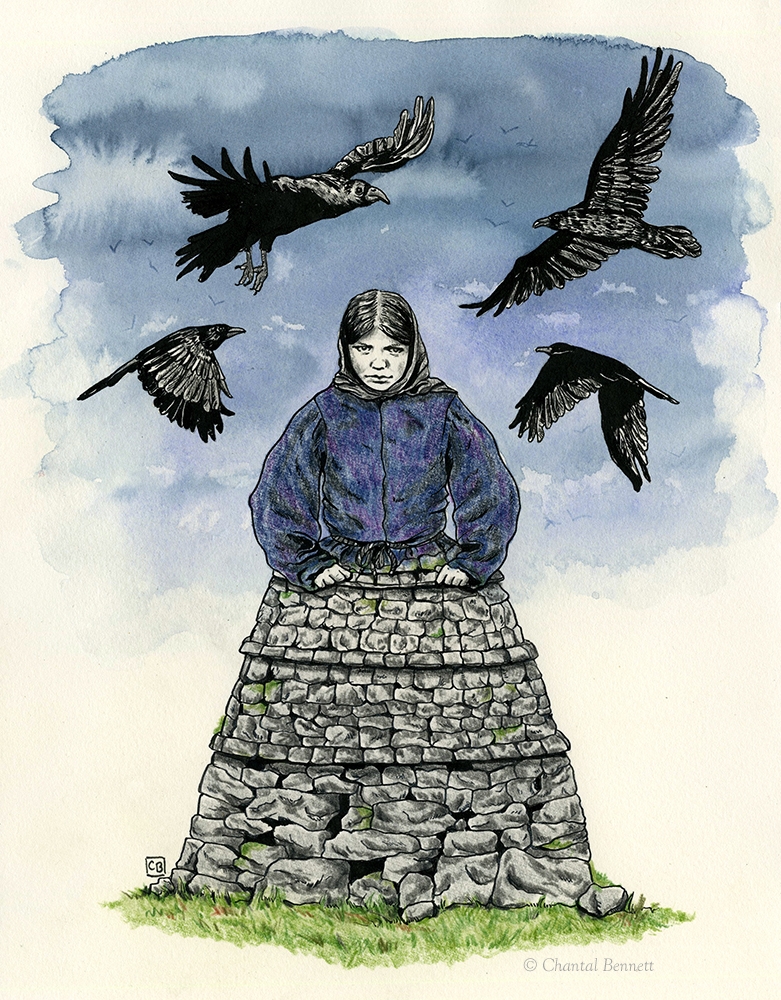
Cleit Girl – The ruins of “cleits” dot the landscape of St. Kilda and some are believed to be a thousand years old.
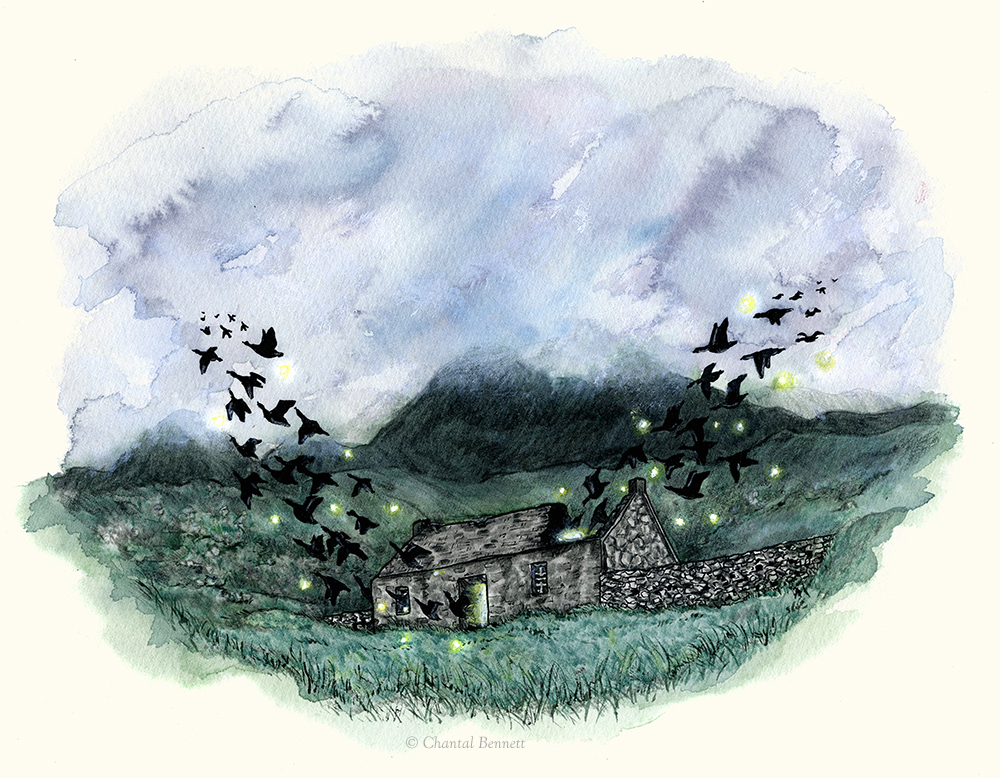
The Sluagh – St. Kildans believed in the Spirit Host bird phenomena (known locally as the “Sluagh”). a spirit geese formation accompanied by a west wind that could pick up a man and transport him over long distances.
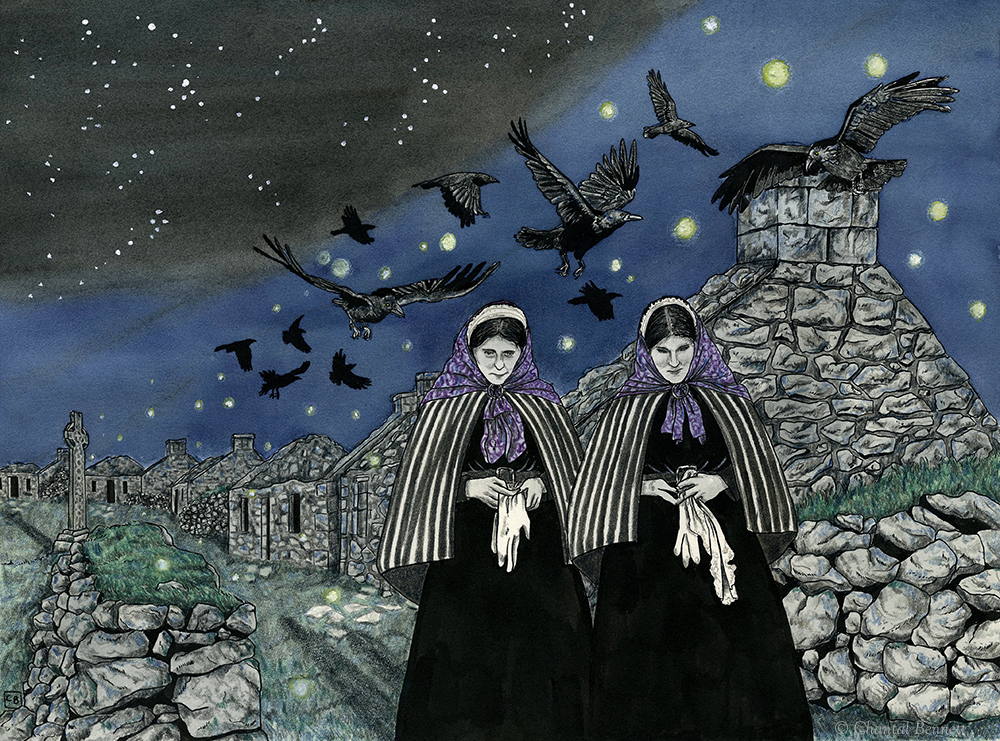
Hirta – inspired by the women of St. Kilda
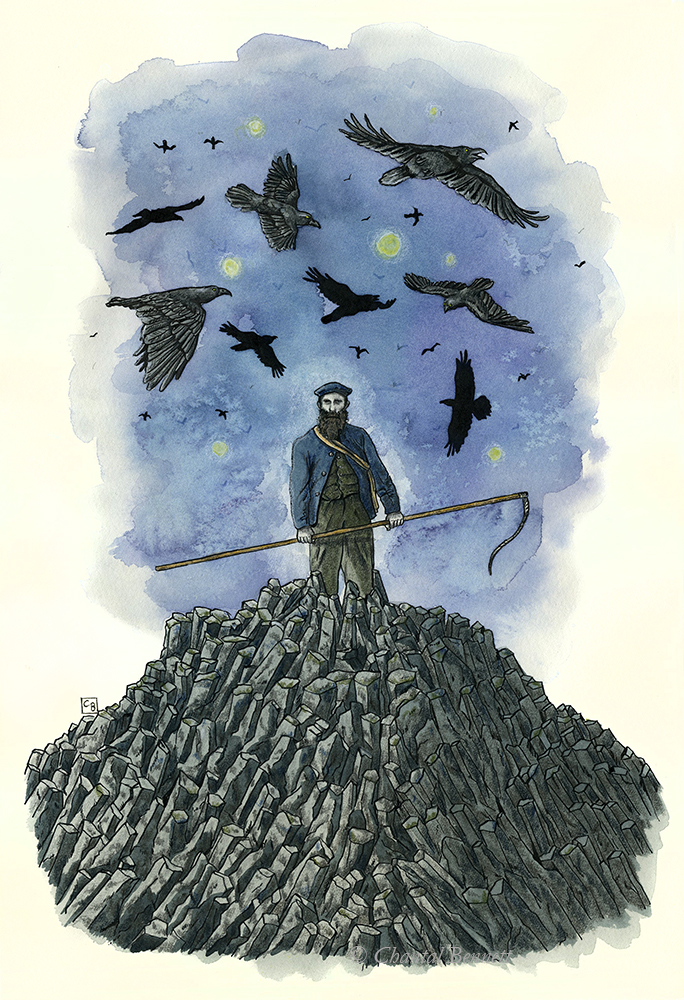
The Fowler – inspired by the men of St. Kilda who went “fowling” for birds and the idea of isolation.
